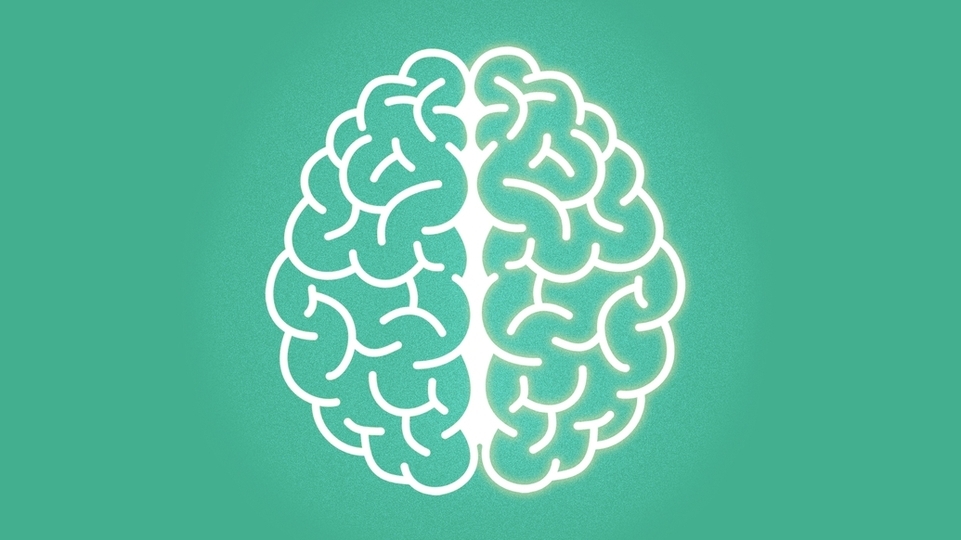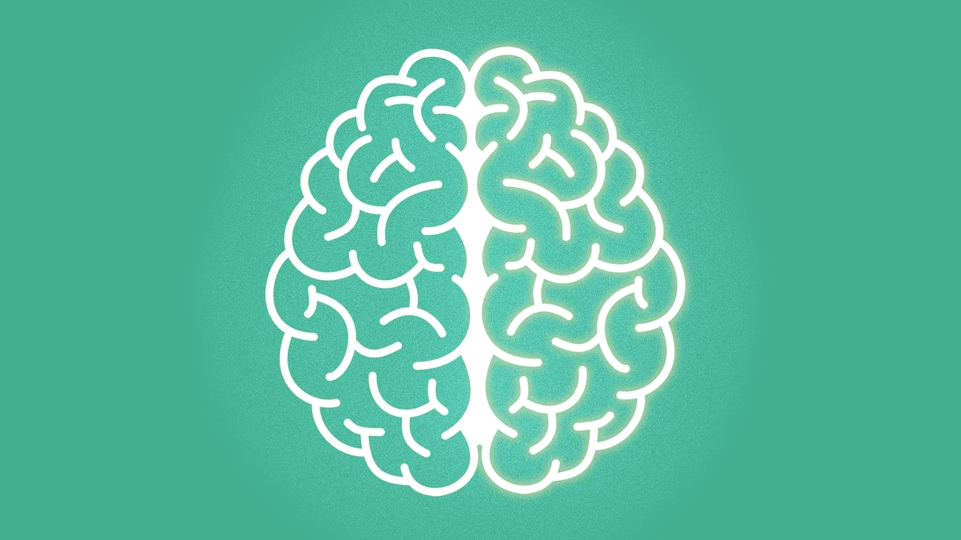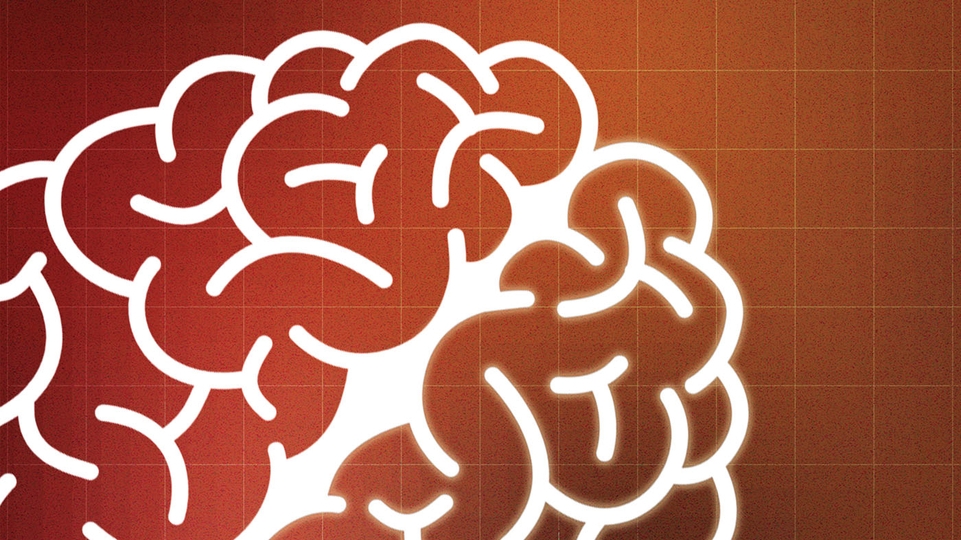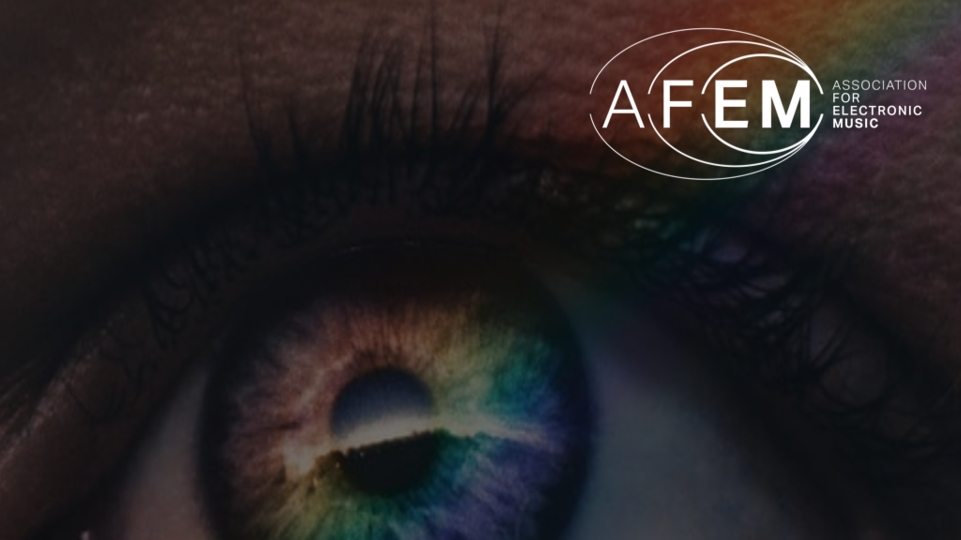
How can we make clubs more accessible to autistic ravers?
In an ableist world, underground dance music spaces continue to be vital for marginalised communities and the socially shunned. But how inclusive are clubs and festivals for autistic and other neurodivergent people? And what can be done to improve this? Here, event producer and music writer, Rihana Osman, speaks to neurodivergent ravers, academics and club owners to investigate
There is no one way of definitively describing autism or the ways it affects people due to it being a spectrum condition, but according to the National Autistic Society it can generally be defined as a lifelong developmental condition “which affects how people communicate and interact with the world”.
There’s no uniform way of touching on the difficulties an autistic person may face in a neurotypical world. However, the main traits can be broken down into: social interaction and communication challenges, repetitive and restrictive behaviour, over or under sensitivity of the senses, highly focused interests, extreme anxiety, meltdowns, and shutdowns. These traits will be present in individuals with autism in varying degrees, meaning they can present with high level language skills or be non-verbal (non-speaking).
I’m Rihana Osman, an event producer and music writer. After talking with a speech and language therapist specialising in autism spectrum disorder (ASD) about my own suspected autism, I began to consider why I’ve been so drawn to music and dance spaces throughout my life. Over the years, in better understanding my own neurodivergence, I’ve been blessed enough to have so many conversations with other people who find that their place on the autism spectrum allows them to experience music and dancefloors in a heightened way. There’s often misconceptions that all autistic people can’t be in loud, busy spaces. While it is true for some — who may struggle with sensory overloads, social interaction, and communication, making many club spaces virtually inaccessible for them — others find solace in rhythmic, consuming noises. For those who struggle with social settings and small talk, being able to lock in to the music, but still feel the sense of community around you, can be a rare time that socialising doesn’t feel laborious.
Here, I hope to explore the vastly varied experiences of autistic people in dance spaces, as well as the ways in which the dance music community, venues, and promoters can make them more accessible for those on the autism spectrum. “Asking autistic people about what would help them is the best way for venues and promoters to ensure that any changes made really benefit autistic people,” explains Dr. Cathy Manning, lecturer on sensory processing at University of Reading. All contributors’ neurodivergent conditions are described in their own words.

Daryl Okene, a party goer who identifies as being on the autism spectrum, explains that dancefloors are spaces that allow “latching onto pieces of freedom in public spaces, where I can usually feel quite socially anxious”. Gus, a London-based artist, who also identifies as being on the autism spectrum, agrees, finding that the right environment on the dancefloor can “provide a safe space that breaks down normal ways of communicating... often without words. Sharing in the experience of music is almost a conversation in itself.”
As dancefloors are clearly an important escape, it’s important that ravers, venues and promoters take collective responsibility in making them truly safe and accessible for autistic and other neurodivergent people.
Stimming — or self-stimulatory behaviour — can include repetitive movements or vocalisations, which may be displayed for a number of reasons: to alleviate anxiety or stress, to gain/reduce sensory input, to deal with stress and anxiety, or to block out uncertainty, according to the National Autistic Society. Dancing in a dark room is an opportunity to joyously display stimming, allowing someone to decompress and let go of masking. This is something that should be celebrated, and feel judgement-free for the individual. Spectrum, at Dalston Superstore, is a neurodiverse-led party which creates space for autistic people to be able to show up and party in any way that feels good to them. Mesh, who runs Spectrum, also highlights London based collectives e-numbers and MAD as providing safer, more inclusive spaces for autistic people. “To be able to feel safe enough to lose yourself in the music is important — the goal!” explains Gus. “To dance without inhibition — as though no one is watching. Especially for those of us who are neurodivergent and hypersensitive.”
Many initiatives attempting to make events more accessible to those on the autism spectrum focus on making “public spaces sensory inclusive”, and eliminating any potential sensory overdrive, explains Dr. Manning. This can include reducing sounds and the brightness of lights, but as she goes on to suggest, “it might be that this would detract from the experience of autistic people who enjoy going to clubs.”
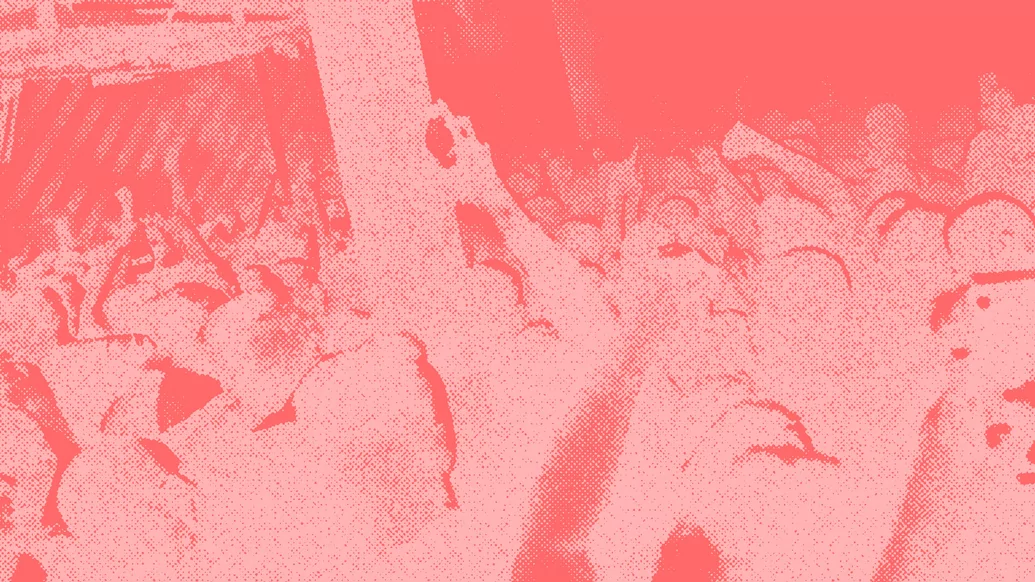
Dr. Keren Maclennan, Assistant Professor at Durham University, agrees, explaining that “it’s important to recognise that many autistic people really enjoy certain sensory stimulation in the right contexts, and this can be supported further by clubs and venues.”
Consistent bright lighting in clubs seems to be a common sensory disturbance when speaking to autistic people, or can lead to suddenly feeling quite on display. I don’t find that the flashing lights bother me too much, but recently returned to a party/venue that I’ve been to numerous times before where the lighting was noticeably different. The event featured semi-regular intervals comprising a few minutes of flood lighting on the dancefloor throughout the night, which made me feel both vulnerable and disorientated.
A venue that’s consistently been a safe, familiar space for me — and that I’ve been lucky enough to see evolve over the years — is Ormside Projects in South Bermondsey. Mike Levitt, who runs the venue, explains that one of the main things he tries to achieve in order to operate a fairly accessible venue is designing the space in a way that removes unwanted social contact — to be in a space with a community around you, listening to music and dancing, but not necessarily having to verbally or physically interact with others. This is achieved through Ormside Projects’ layout, which has been carefully thought out to avoid cross traffic, meaning that “when you’re on the dancefloor, there’s nothing to do but be on the dancefloor,” explains Levitt.
He also says that he’s tried to ensure there’s no cross traffic between the toilet and bar area by not having a bar on the dancefloor, ensuring that people aren’t stressed at the thought of ordering drinks, or having to shout their orders over loud music. There’s also always a water point at the edge of the bar, which you don’t need to queue for access to, or interact with anyone to use.
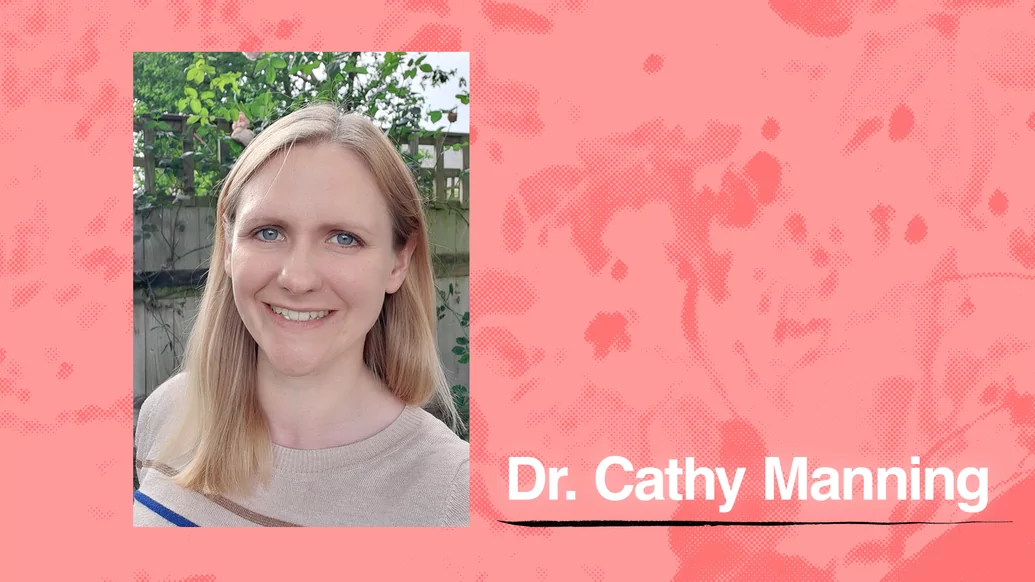
“Asking autistic people about what would help them is the best way for venues and promoters to ensure that any changes made really benefit autistic people” — Cathy Manning
Levitt explains that the venue veers away from bright lighting, but strobes and flash lighting are to be expected. He adds that one way production can potentially become obtrusive is when left on a programme, as people can end up focusing on it if it’s not complimenting the sound. Another way he suggests to ensure people aren’t feeling too “on display” on the dancefloor is by using smoke machines, especially when the venue isn’t busy.
A large obstacle for some people on the autism spectrum in club spaces is having to appear to conform to perceived social norms, and being perceived as weird or a threat if they can’t. Many venues don’t have a dedicated chill-out space, with autistic people having to use smoking areas as a place to reset if experiencing sensory overload. This is often not easily recognised by those not on the autism spectrum, and people can sometimes be disturbed when stimming, leading to an otherwise avoidable meltdown or shutdown.
As we’ve discussed, dance spaces can be appealing to autistic people as they offer the chance to be non-verbal without attracting negative attention. Other people can support this by accepting lack of communication from others, especially on the dancefloor, or in loud smoking areas. I’ve had countless people tell me I’m being “rude”, “dismissive”, or even “stuck up” when not being able to engage in conversations amongst the noise of the rave. But, in reality, my brain is in overdrive and trying to hone in on the positive (music, movement), rather than something difficult (social interactions, loud voices, social cues).
Gus explains that club goers “should be aware that people might not always be in the mood to talk or joke or dance or whatever. Personally, when I’m overstimulated, I get really tired, and when I’m tired, I’m not particularly great at communicating, or hiding it.” They add that there should ideally be a safe space where those who need one can sit or relax, undisturbed, in a corner with earplugs in and eyes shut.

Creating enough space for undisturbed raving experiences is something that can be challenging in smaller or busier venues, and on busy nights. Trying to block out sensory factors and tune into sound can be difficult when other dancers aren’t respecting personal space, or aren’t able to due to overcrowding. In these cases, it’s important to be more understanding of people’s reactions to being consistently bumped into or touched. It may seem like an overreaction to a neurotypical mind, but could be well justified to someone who’s experiencing sensory overload. The only way I, personally, have found to combat this is on the occasions where I’m out with a group of understanding, supportive people. Often, if they can see me being bothered by continuous touch, they’ll check in to see if I’d like to swap places with them, or go outside for a reset.
There are other measures to help autistic people have a better experience on the dancefloor that can be easily implemented. Making earplugs more readily available, in order to provide sensory protection, and, where possible, putting these on display to reduce the requirement for social contact to access them. Adding multiple water points across the venue, as well as effective ventilation/cool spots to help people avoid dehydration or overheating, which autistic people can find unbearable due to heightened senses.
Bars can be another barrier. Aimee, who identifies as being on the autism spectrum, explains that she feels bar staff should get training in how to communicate with autistic customers, as she’s often met with rude comments or judgement. Dr. Manning from Reading University posits that another approach could be apps for ordering drinks to reduce the communication challenges that autistic people sometimes face at a bar.
Effective queue management is an additional measure that can be achieved easily, in order to avoid placing someone who may be feeling overstimulated into forced, lengthy, close proximity social interaction. Noise cancelling headphones should be offered in welfare spaces, as they can sometimes be integral in an autistic person avoiding sensory overload. Signs can also be placed across the venue reminding ravers to be mindful of others personal space, and for people to avoid staring at behaviour they may deem as veering from social norms — such as stimming. If taken on board by attendees, or serving as a reminder, it can mean that autistic people may be able to move through dance spaces more freely.

“To be able to feel safe enough to lose yourself in the music is important — the goal! To dance without inhibition — as though no one is watching. Especially for those of us who are neurodivergent and hypersensitive” — Gus
Gus details Glastonbury’s sensory room as a space they felt catered to those who may be experiencing over stimulation. Offerings of note there were ear defenders, and the support of well-trained staff. The event has been highly praised for its efforts at this year's festival, however Dr. Keren Maclennan raises a very good point in considering day-to-day measures and changes. “These big budget initiatives will be harder to translate to smaller and grassroots venues,” she explains. “And it is important [for the team at clubs] to consider what will work in their own venues. We also want to get to a stage where accessibility and inclusion is considered at multiple levels.”
Gus also highlights German festival, Nachtdigital, and in particular its 24-hour ambient tent, which provides a break from the rest of the festival, offering comfortable beanbags, shade, and space for a moment of solace. Waking Life similarly had a welfare tent which offered a quiet space to rest. Safe Only, an all queer peer-to-peer welfare and SIA provision, set up a dedicated welfare space at this year's Body Movements festival. Larger venues have the opportunity to mirror these initiatives, with any extra space or rooms being used as ambient or chill out areas. As Gus explains, “smoking areas, green rooms and dark rooms do not count!”
Mike Levitt from Ormside Projects has worked around not having the space for a chill-out room at the venue by putting built in seating towards the back of the bar. He additionally recognises that there needs to be forethought into any potential “emergency spaces” that aren’t necessarily open to the public, which would be available to those in need. This may mean being flexible with the use of an office space, or the back of the venue, where someone can sit with a friend or have a moment of solitude.
“Venues don’t have to change everything, with even small changes making a difference,” says Dr. Manning. She explains that small measures can have a big impact, spanning from providing these areas with reduced sensory input, and considering giving autistic people key information so that the space is more predictable, thus overriding a common concern for those on the spectrum of places or experiences that feel unknown or unfamiliar.
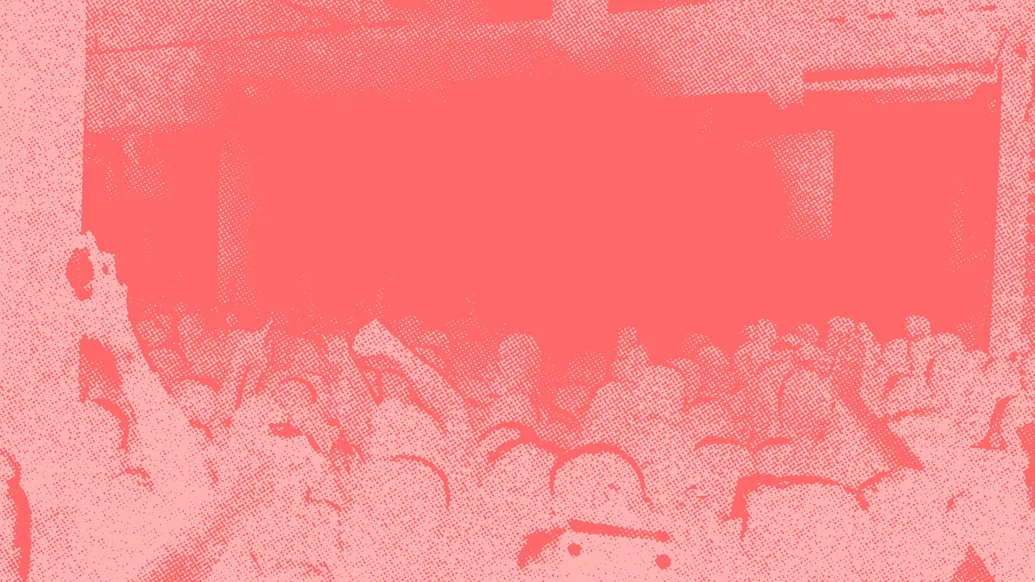
One way of making the space more predictable is to create a map of the venue that people are able to access before visiting, including the placement of sensory challenges like lighting, speakers, and smoking areas. Being able to provide this information to those on the spectrum means they can prepare for potential sensory strains, or even avoid any areas that would be challenging entirely. Making people aware of any proposed changes to the space can also help avoid the stress some feel due to unexpected changes in familiar environments.
Many venues do have their own dedicated welfare teams — with examples in London being fabric, Fold, and Dalston Superstore — and some venues/festivals hire in specialist welfare teams such as Safe Only. However, they are often more specifically trained in how to assist those in distress, or those who are heavily intoxicated. “Training staff about autism and sensory processing would also help to ensure that autistic people are supported when they might need help,” explains Dr. Manning.
Many neurodivergent people struggle with feeling as though they lack a sense of community, a lot of the time struggling to create or maintain meaningful friendships. Lily Hopkins, author at Psychology Chartered, finds that, “autistic people are four times more likely to be lonely than the neurotypical population, and as many as 79% of autistic people report feeling socially isolated.” As Gus highlights, “when people feel safe, they can connect to others in a totally different way”.
In an ableist world, underground dance music spaces continue to be vital for marginalised communities and the socially shunned. And autistic people are no different. If we want to continue for these spaces to provide solace and release for those in need, we have a collective responsibility to make these spaces as accessible for all as possible, as the experience of being on the dancefloor for autistic people can be a smooth curve in an otherwise abrasive world.
